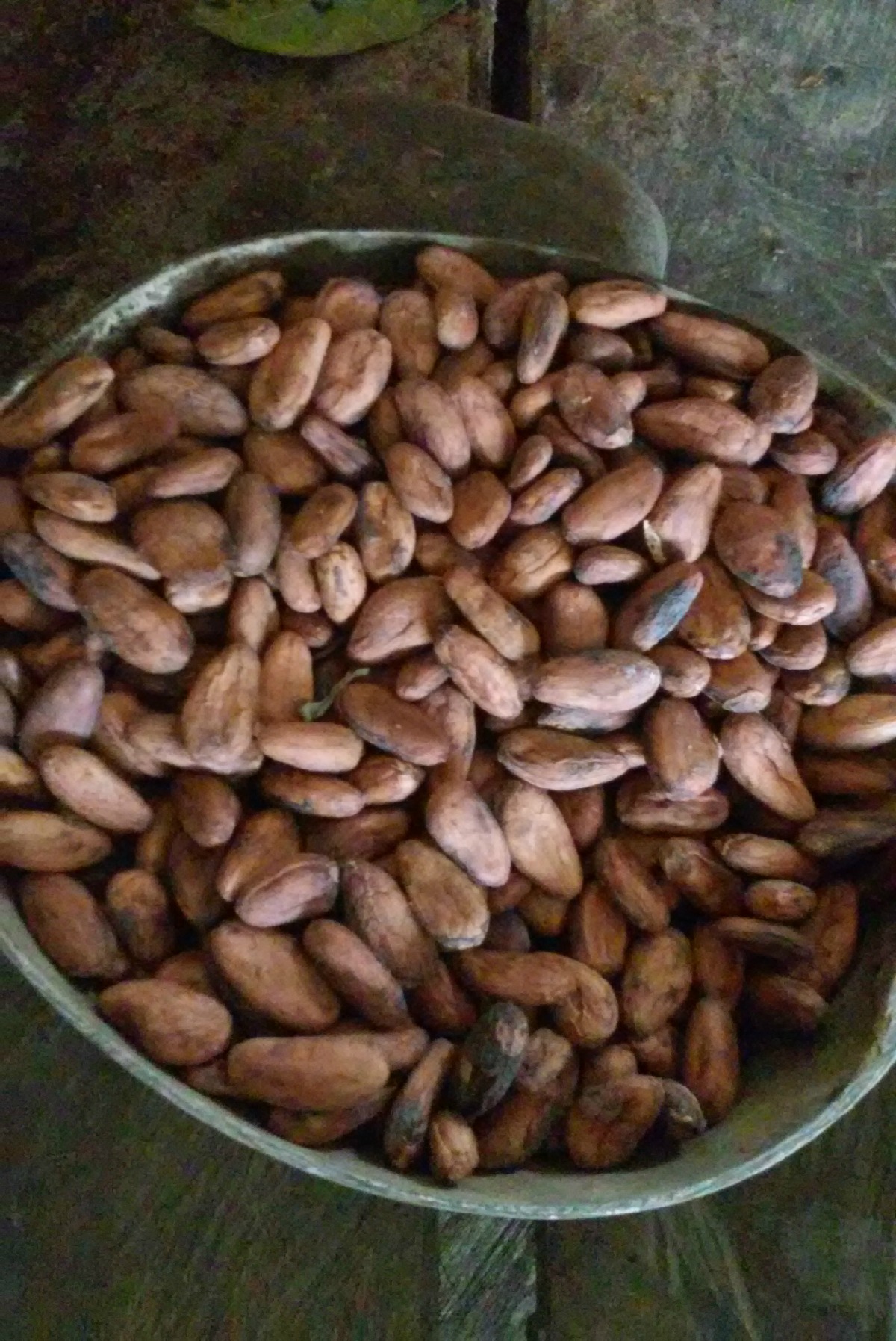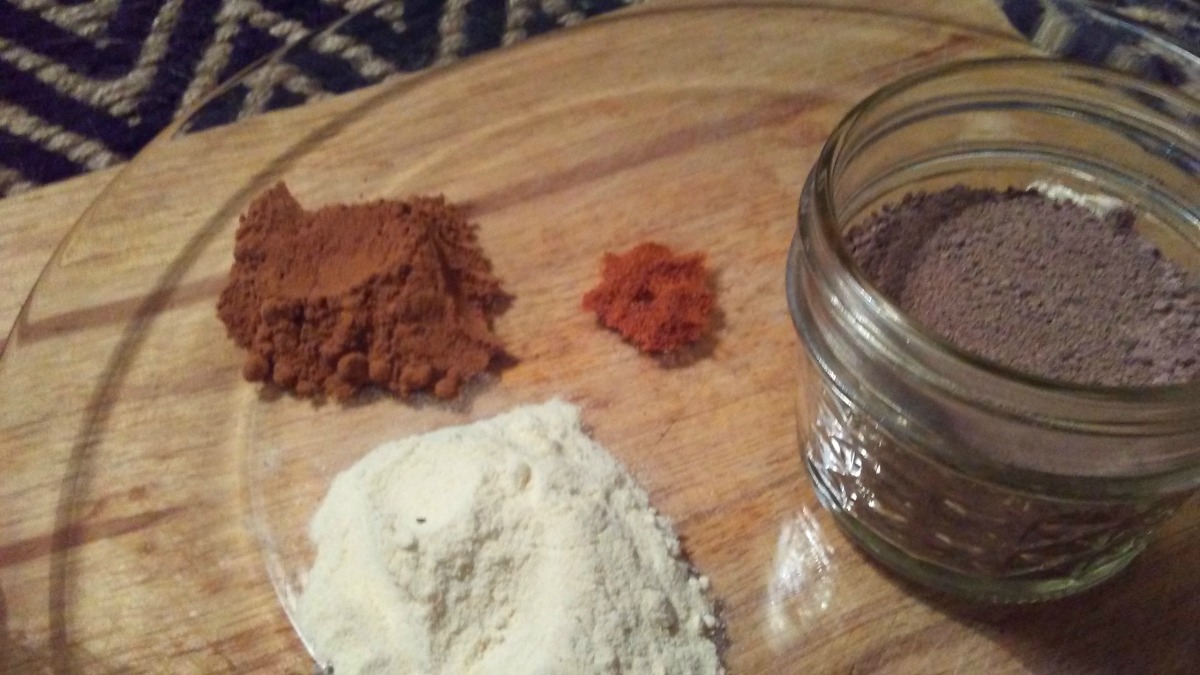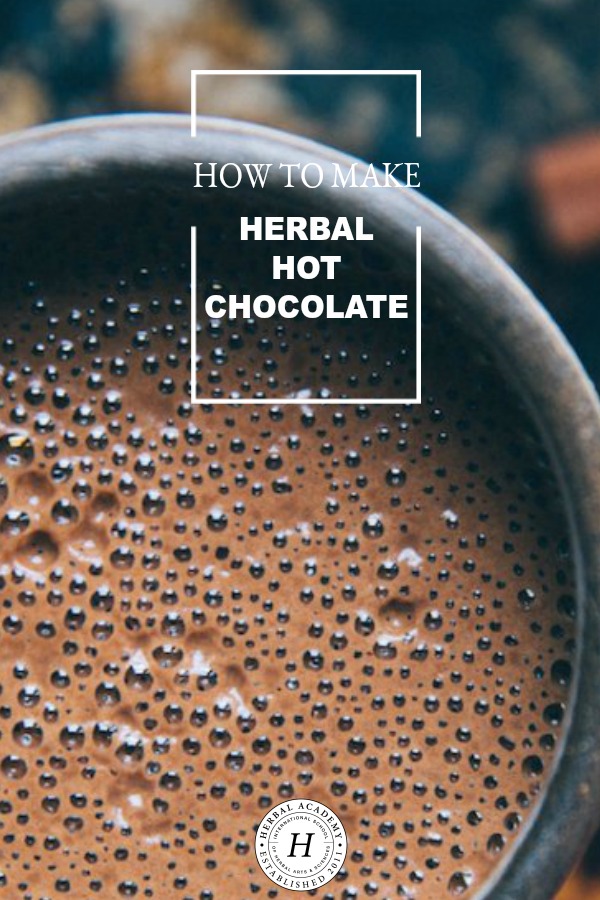
How To Make Herbal Hot Chocolate (3 Recipes!)
Growing up in New England, my childhood winters were snowy, cold, and long. But that didn’t stop me from enjoying the season. My brother, friends, and I made snow people and snow angels, went sledding and skiing, skated on the frozen lakes… and then came home to perfect, homemade hot chocolate. I’m not talking the pre-sweetened packets, either. Mom warmed milk (those days we had raw milk—and she was always careful not to burn it), whisked in cocoa and sugar, and sometimes even added marshmallows or whipped cream.
These days, I’m a southern transplant and don’t get the snow to play in, but this time of year always brings me back to those comfort foods and beverages of my childhood (as it does so many of us).
As an herbalist, I’m always looking for ways to incorporate plants to support the health and wellness of my family and clients, and herbal hot chocolate helps me do just that. I still love drinking hot chocolate, and it’s a sumptuous way to get in my “daily dose” of herbal powders, decoctions, even tinctures—with the added benefit of antioxidants and bitter principles.
Today, I have some fun information for you about herbal hot chocolate as well as three different herbal hot chocolate recipes for you to try. Not big on sweets? No worries. With one exception, the recipes below can be prepared with or without sweetening and still have rich and layered flavors that satisfy.

Herbal Hot Chocolate Basics
When chocolate was first prepared as a ritual beverage among the ancient elites of what is now Mexico and Central America, it was seen as a food of the Gods; when it was brought back to Europe, chocolate was not only expensive but so rich and decadent that at some points in history (during the Spanish Inquisition, for example) it was even considered sinful to imbibe (Grivetti & Shapiro, 2011)! Chocolate has a fascinating and complex history, but where making hot chocolate is concerned, here’s an important takeaway:
There’s no substitute for high-quality cocoa. As you gather your ingredients, try to find the best quality organic cocoa (or cacao nibs, or prepared chocolate) possible—if you can get fair-trade, even better!
While the hot chocolate most of us grew up with is made with dairy, this can be easily substituted in these recipes. Coconut milk (full- or reduced-fat), goat milk, and nut or seed milks (like almond, cashew, or hemp) are fine to use, so where you see “milk or milk alternative” in the recipes below, it’s up to you. Some herbs, like shatavari, are traditionally decocted in milk because their fat-soluble constituents are better delivered that way (Khalsa & Tierra, 2008) and so this makes hot chocolate a perfect vehicle for certain healing actions.
It’s also an option to prepare hot chocolate without milk at all. Earlier this year, I visited a traditional indigenous settlement in Costa Rica where we were served hot chocolate prepared without milk or sweetener of any kind—because the cacao retained much of its natural oils, it lacked none of the richness of the hot chocolate I grew up with. To get a sense of what this is like, you can omit the milk altogether from some of the recipes below and try decocting cacao nibs along with herbs.
Hot (Chocolate) Mama
This recipe is a variation on a nourishing and building milk-based decoction that I love sharing with clients to support reproductive wellness, fertility, or even just the search for more juiciness in life. This drink is appropriate for any gender or age, but I’ve given it this name because shatavari and fenugreek boost libido (and sperm count) and are also specifically helpful to encourage healthy lactation (Khalsa & Tierra, 2008; Romm, 2010). Note: Skip the fenugreek if you’re pregnant or serving to young children.

Hot (Chocolate) Mama
3 tablespoons roasted cacao powder or nibs
2 ½ tablespoons shatavari root
2 teaspoon fenugreek seeds (optional)
1 tablespoon fresh ginger root, chopped fine
3 cups water
1 cup half & half, milk, or alternative
½ teaspoon vanilla extract
Raw honey to taste
- Add cacao, shatavari, fenugreek, and ginger to three cups cold water and bring to a boil, then reduce heat.
- Simmer until the decoction is reduced by a third, then strain out the herbs and return to low heat.
- Add half & half or milk alternative and vanilla extract and simmer on low heat for about 10 minutes.
- Turn off heat, then add honey a teaspoonful at a time to desired sweetness. Serves 2.
Cocoa ImmuniTea
Throughout the Caribbean, a version of hot chocolate called “cocoa tea” is extremely popular. Powdered cacao is blended into a paste with spices like cinnamon, allspice, and bay leaf, and formed into sticks or balls that are then allowed to dry. To make cocoa tea, you simply grate the desired amount of the “cocoa stick” and boil in water, then sweeten and add milk as desired. This recipe is reminiscent of traditional cocoa tea but also incorporates herbs that are especially lovely for immune system support during cold and flu season.
Cocoa ImmuniTea
3 tablespoons roasted cacao (powder or nibs)
1 tablespoon dried elderberries
2 tablespoons Astragalus root
1 cinnamon stick
3 ¼ cups water
Raw honey to taste
Milk or milk alternative to taste
Reishi, cordyceps or other immune-boosting tincture (optional)
- Decoct cacao, elderberries, Astragalus and cinnamon in 3 ¼ cups cold water, keeping at a low boil for about 15 minutes.
- Strain out the herbs and pour into mugs.
- Add milk and honey to taste, if desired (with the cinnamon, you might not need any additional sweetness!).
- I also like to add 1 ml or so of an immune system-supporting tincture for an extra boost. Serves 2.
Tulsi White Chocolate
This recipe is pure aromatic and adaptogenic goodness! The flavor of the white chocolate is subtle, allowing the flavor and scent of the tulsi (or holy basil, Ocimum sanctum) to really shine. More good news: tulsi not only supports immunity but is also a lovely, uplifting nervine (Noveille, 2016) that can support those who have the “winter blues.”
Tulsi White Chocolate
2 cups milk or milk alternative
2 teaspoons tulsi leaves (any variety will do)
3 ounces white chocolate, chopped
- Combine tulsi with milk or alternative in a small saucepan and warm it just until steaming—don’t overheat it so that it doesn’t scald.
- Remove from heat and cover.
- Steep for 8-10 minutes, then strain herbs from the milk.
- Pour the milk decoction back into the saucepan and add chocolate.
- Again, heat gently, whisking every minute or so until the chocolate is melted and blended throughout, then serve. Serves 2.
‘Tis The Season For Herbal Hot Chocolate
This season—a time when we traditionally slow down and move within, plan and prepare for the year to come—is made richer with nourishing, warming foods and beverages. As you pore over seed catalogs, spend time with loved ones, and make time for stillness, may you also enjoy a warm, steaming cup of herbal hot chocolate happiness.
What are your favorite herb-chocolate combinations? The list is endless, from spicy and savory to floral and aromatic. Share your herbal hot chocolate goodness with the Herbal Academy community on social media, with the hashtag #myherbalstudies.

REFERENCES
Grivetti, L. E. & Shapiro, H-Y. (2011). Chocolate: history, culture & heritage. Hoboken, NJ: John Wiley & Sons.
Khalsa, K. P. S. & Tierra, D. (2008). The way of ayurvedic herbs. Twin Lakes, WI: Lotus Press.
Noveille, A. (2016). Adaptogens: 75+ herbal recipes and elixirs to improve your skin, mood, energy, focus and more. Avon, MA: Adams Media.
Romm, A. (2010). Botanical medicine for women’s health. St. Louis, MO: Churchill Livingstone.








